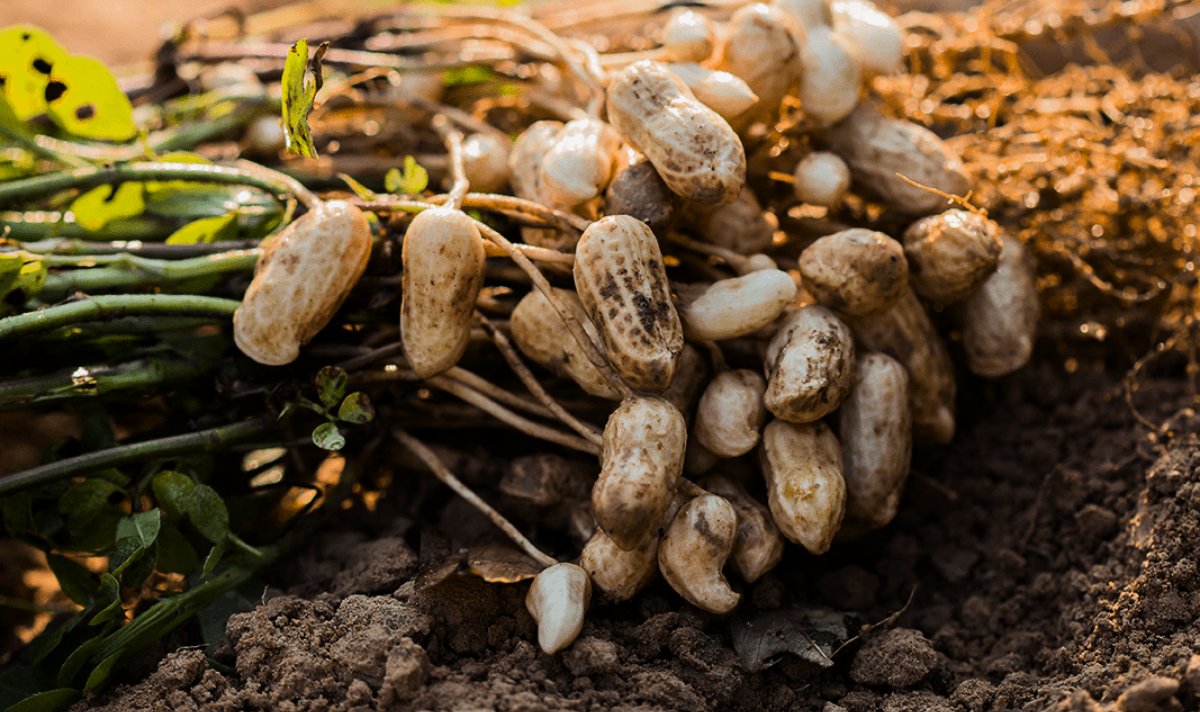The popular herb rosemary is used in many meals and has several health advantages. While rosemary is usually cultivated outside in warm climes, it can also be produced indoors under the correct conditions. In this article, we'll provide you with a step-by-step tutorial on how to grow rosemary indoors.
Name: Rosemary
Scientific Name: Salvia rosmarinus
Chemical ingredients: oils and tannins
Safe: Hypoglycemia, Prevent obesity
Can I Grow Rosemary Indoors Year-Round?
If you give rosemary the correct conditions, you can grow it inside all year. Rosemary needs at least six hours of direct sunlight each day, so make sure to put it in a location that gets plenty of daylight or add artificial lighting to help it along.
Be careful not to overwater because it also appreciates well-draining soil and slightly drier weather. While rosemary growth may slow in the winter, it should pick up once the days lengthen. Fresh rosemary can be enjoyed all year with the right treatment.
Can I Grow Rosemary From Seeds?
Yes, you can grow rosemary from seeds, although it can be difficult and the germination rate may not be very high. If you're interested in trying to produce rosemary from seeds, you should first soak the seeds in warm water for 24 hours before placing them in a seed-starting mixture.
Give the seedlings plenty of light and maintain the soil at a warm, moist 70–75°F. The seeds may not all sprout, and it may take several weeks for them to do so. Starting with a little plant from a garden shop or nursery is typically simpler.
Growing Rosemary Indoors
Choosing the right container: Rosemary plants prefer pots with lots of drainage holes that drain quickly. The roots can breathe and retain moisture in terra cotta pots, which are a common choice. The container needs to be at least 8 to 10 inches deep and wide enough to fit the root system of the plant.
Selecting the right soil: Rosemary prefers a pH range of 6.0 to 7.0, a slightly alkaline, well-draining soil mixture. By mixing equal portions of potting soil, sand, and perlite, you can create your soil. As an alternative, you can buy a ready-made soil blend designed for herbs.
Watering and fertilizing properly: Keep in mind that rosemary enjoys slightly dry soil, so avoid overwatering. When the top inch of soil seems dry to the touch, water the plant. Every 4-6 weeks, fertilize the plant with a balanced, water-soluble fertilizer. Make sure you properly adhere to the directions on the package.
Pruning and harvesting: Pruning regularly will keep the plant bushy and compact. By cutting the branch tips off, you can collect rosemary as needed. The optimal time to harvest is early in the day when the essential oils are most concentrated.
What Pests and Diseases Should I Watch Out For?
Although rosemary typically resists pests and illnesses, it might still be sensitive to several common problems. Whiteflies, mealybugs, and spider mites are a few pests to be on the lookout for. These pests can be eliminated manually from the plant or treated with a natural insecticide.
Powdery mildew, a fungal disease that can result in a white, powdery coating on the leaves, can also affect rosemary. By providing adequate airflow around the plant and avoiding overhead watering, powdery mildew can be avoided. It is preferable to handle any pest or disease issues as soon as you become aware of them to stop them from spreading to other plants.
Final Thought
A terrific way to always have fresh herbs on hand is to grow rosemary indoors. You can create the ideal atmosphere for your rosemary plant to flourish by adhering to these easy measures. Be sure to pick the proper container, soil, and lighting, as well as the appropriate amount of water and fertilizer. You may have a plentiful harvest of fresh rosemary anytime you need it if you take a little time and care.




